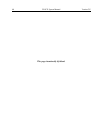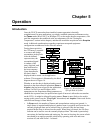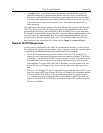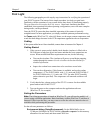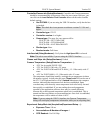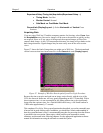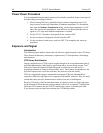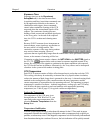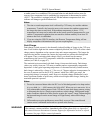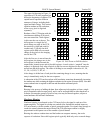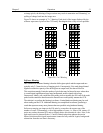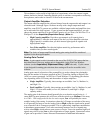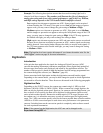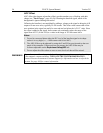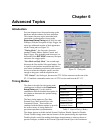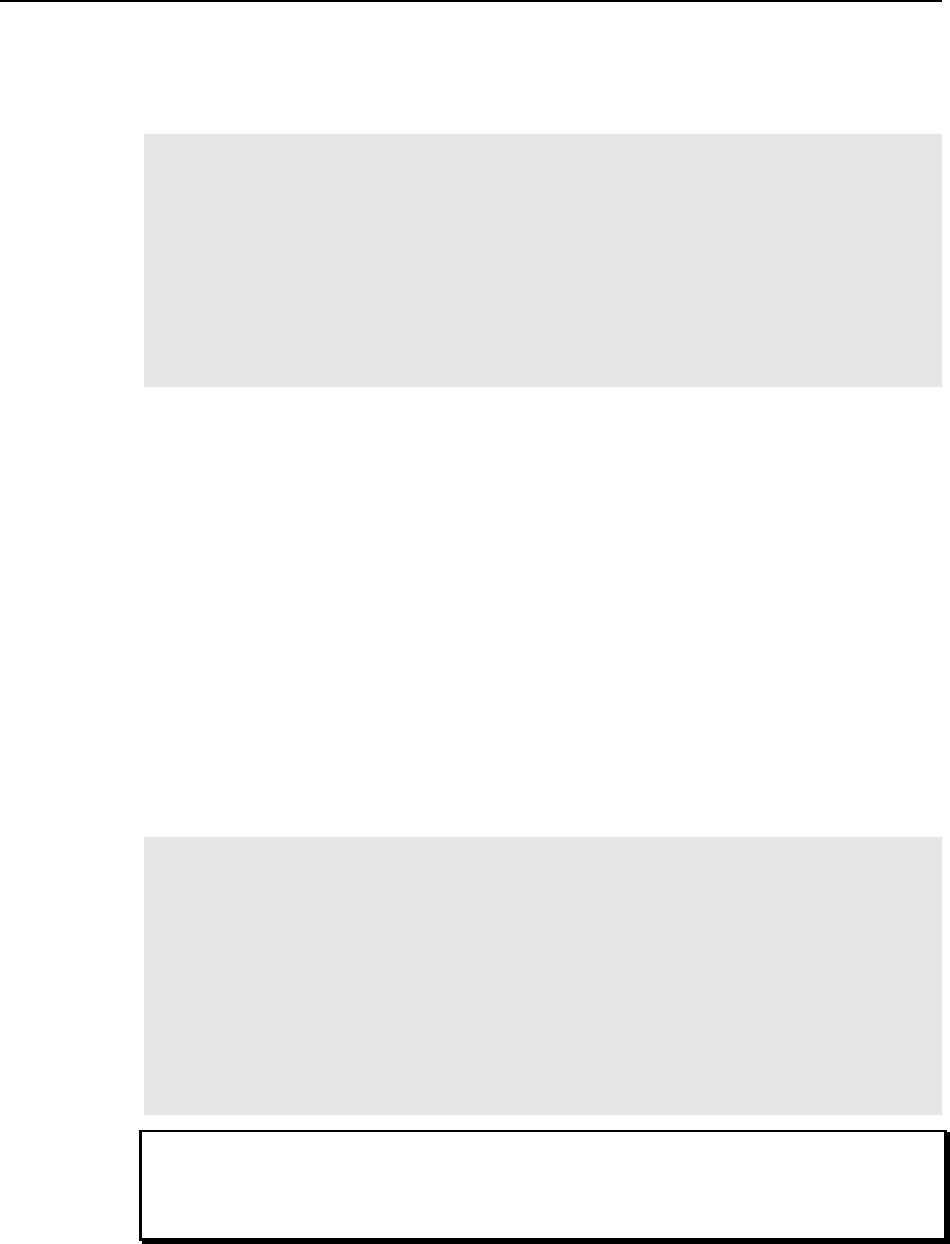
48 PI-SCX System Manual Version 2.E
48
as stable control is re-established. This is normal behavior and should not be a cause for
concern. Once temperature lock is established, the temperature is thermostated to within
±0.05°C. The controller is equipped with an LED that indicates temperature lock: this
indicator will change to green to indicate lock.
Notes:
1. The time to reach temperature lock is affected by CCD array size and the ambient
temperature. Typically, the larger the array or the warmer the ambient temperature,
the longer the time to reach lock. If the ambient temperature is above +23°C,
temperature lock may not be achievable at the lowest specified temperature for your
camera. Temperature regulation does not reach its ultimate stability for at least 30
minutes after lock is established.
2. If you are using the USB 2.0 interface, the Detector Temperature dialog will not
display temperature information while you are acquiring data.
Dark Charge
Dark charge (or dark current) is the thermally induced buildup of charge in the CCD over
time. Even with the light into the camera completely blocked, the CCD will collect a dark
charge pattern, dependent on the exposure time and camera temperature. The longer the
exposure time and the warmer the camera, the larger and less uniform this background
will appear. Thus, to minimize dark-charge effects, you should set the camera
temperature at the lowest CCD temperature within the recommended range for your
camera (see Table 8, on page 87).
The statistical noise associated with dark charge is known as dark noise. Dark charge
values vary widely from one CCD array to another and are exponentially temperature
dependent. At the typical operating temperature of a thermoelectrically-cooled camera,
dark charge is reduced by a factor of ~2 for every 6-7 degree reduction in temperature. In
the case of cameras such as the PI-SCX cameras, which have MPP type arrays, the
average dark charge is extremely small. However, the dark-charge distribution is such
that a significant number of pixels may exhibit a much higher dark charge, limiting the
maximum practical exposure.
Notes:
1. Do not be concerned about either the DC level of this background or its shape unless
it is very high, i.e., > 1000 counts with 16-bit ADC. What you see is not noise. It is a
fully subtractable readout pattern. Each CCD has its own dark charge pattern, unique
to that particular device. Simply acquire and save a dark charge “background image”
under conditions identical to those used to acquire the “actual” image. Subtracting the
background image from the actual image will significantly reduce dark-charge
effects.
2. Offset and excess noise problems are more likely to occur if the controller and
camera weren’t calibrated and tested as a system at the factory.
If you observe a sudden change in the baseline signal you may have excessive humidity
in the camera's vacuum enclosure. Immediately turn off the system. Refer to Appendix C
and contact Princeton Instruments Customer Support for information on how to refresh
the vacuum. See page 108 for contact information.
WARNING!



